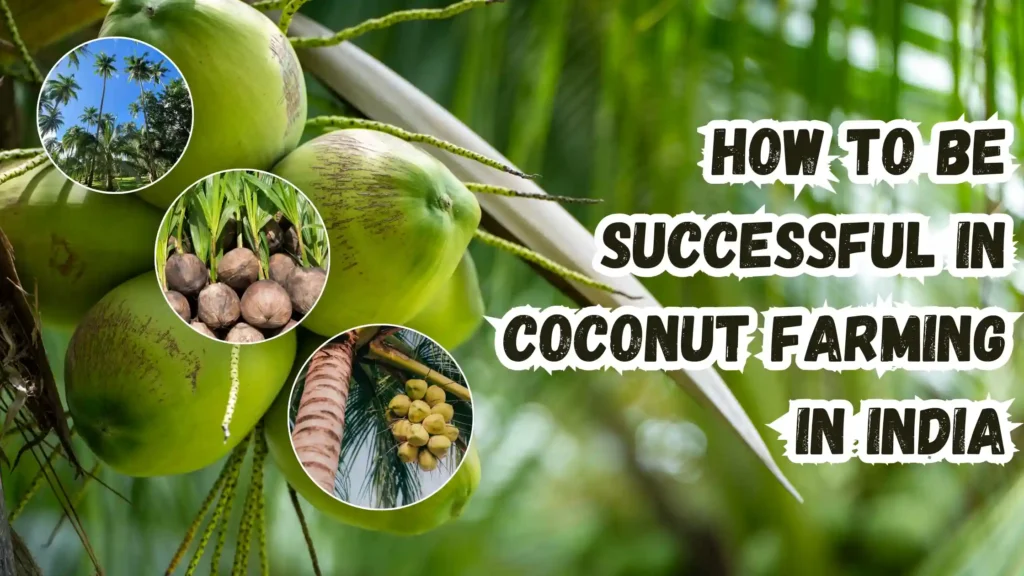What is the green revolution?
The 1940s to 1960s saw a substantial increase in agricultural production and technology, mainly in emerging nations. This time is referred to as the “Green Revolution.” American scientist William Gaud, who is frequently credited with starting and fostering this movement, is the one who first used the phrase “Green Revolution” to describe it.
The Green Revolution introduced cutting-edge agricultural practices, enhanced crop varieties, and increased usage of synthetic fertilizers and pesticides to address the urgent problem of worldwide food shortages. It mainly concentrated on food staples, including wheat, rice, and maize.
The Green Revolution’s main characteristics were as follows:
High-yielding varieties:
Through selective breeding, scientists created new crop types more tolerant to diseases, pests, and environmental challenges. Compared to conventional kinds, these high-yielding cultivars dramatically increased crop yields.
Irrigation:
Developing more effective irrigation techniques, such as canals and tube wells, allowed farmers to irrigate their crops even in regions with adequate rainfall.
Synthetic fertilizers:
Chemical fertilizers, including nitrogen, phosphorous, and potassium, provide crops with vital nutrients and boost their development and production.
Pesticides:
Farmers started using synthetic pesticides to combat pests and illnesses that may harm crops and lower yields.
Mechanization:
The Green Revolution encouraged using machinery like tractors and combine harvesters to boost production and increase farm efficiency.
Impact of the Green Revolution on Agriculture
The Green Revolution profoundly impacted agriculture, especially in developing countries. Here are some of the critical impacts of the Green Revolution:
Increased agricultural productivity:
Increasing agricultural production was one of the main objectives of the Green Revolution to fulfill the rising demand for food. Crop yields increased dramatically after high-yielding varieties (HYVs) of cereals, notably wheat and rice. This helped many countries achieve food security by addressing food shortages.
Land expansion for agriculture:
The Green Revolution caused land to expand for agriculture to meet the increasing production. Concerns over deforestation and biodiversity loss arose due to the frequent conversion of forests and other natural ecosystems into farming. It is crucial to remember that the Green Revolution also contributed to higher yields on already-used agricultural land by advancing farming methods and technology.
Adoption of contemporary farming methods
The Green Revolution encouraged the adoption of contemporary farming methods and technology. This includes using chemical fertilizers, insecticides, and herbicides to promote crop development and safeguard plants against pests and diseases. Mechanization and irrigation techniques were also used to increase farming operations’ efficiency.
Shift in cropping patterns:
Cropping patterns changed due to the Green Revolution, which focused on growing high-yielding staple crops, including wheat, rice, and maize. The emphasis on monoculture and the decreased variety of crops raised concerns about genetic fragility and the disappearance of traditional and indigenous crop types.
Regional disparities:
The Green Revolution generally increased agricultural output but exhibited regional differences in implementation and accomplishments. The original emphasis was on a few crucial areas in nations like India, Mexico, and the Philippines, which saw notable gains in agricultural production. However, other places, incredibly distant and underserved ones, sometimes lack the same degree of access to new technology and advantages.
Environmental challenges:
The Green Revolution also brought forth environmental difficulties. The growing use of chemical pesticides and fertilizers caused soil deterioration, water pollution, and biodiversity loss. Groundwater supplies were depleted in specific locations due to the reliance on irrigation techniques that required a lot of water. These environmental concerns clarified the need for more ecologically responsible and sustainable agriculture practices.
Socioeconomic effects:
Both the excellent and adverse socioeconomic effects of the Green Revolution were substantial. Positively, improved rural lives, decreased poverty, and economic growth were all aided by higher agricultural production. Food surpluses allowed nations to become self-sufficient or even export agricultural goods. There were worries about the displacement of small-scale farmers who found it challenging to adapt to the new technology, as well as about the concentration of advantages in the hands of large-scale farmers, rising disparities, and these issues.
Understanding that the Green Revolution was a complicated phenomenon with both beneficial and detrimental effects is crucial. While it was essential in alleviating food shortages and raising agricultural production, it also brought up social and environmental issues that must resolved through equitable and sustainable farming practices.
How Organic Farming is Changing Agriculture
Significant improvements in the agricultural industry have been made thanks in large part to organic farming. Here are a few ways that agriculture is changing thanks to organic farming:
Shift towards sustainable practices:
Organic farming has threatened the traditional, input-intensive agriculture paradigm by encouraging sustainable practices. Farming systems have emphasized the value of soil health, biodiversity, and ecological balance. This change has caused a wider acceptance of the necessity to reduce environmental impacts, preserve resources, and prioritize long-term sustainability.
Reduced chemical inputs:
Chemical inputs, including synthetic fertilizers, pesticides, and herbicides, have been drastically decreased due to organic farming. Organic agriculture has demonstrated that managing pests and illnesses while reducing chemical exposure is achievable by adopting natural alternatives like compost, manure, and biopesticides. This change has helped agriculture become more ecologically friendly.
Focus on soil health:
Concentrate on soil health. Maintaining and enhancing soil health is a priority in organic farming. Crop rotation, cover crops, and the application of organic matter are techniques that improve soil fertility, structure, and microbial activity. The importance of soil in promoting plant development, nitrogen cycling, and ecosystem function has come to light due to this emphasis on soil health.
Embracing Biodiversity:
Within agricultural systems, organic farming fosters the preservation and promotion of biodiversity. Beneficial insects, birds, and other creatures have flourished due to the attention placed on developing diversified habitats, protecting natural regions, and avoiding hazardous chemicals. Biological pest management, better-balanced ecosystems, and increased resistance to environmental change are all benefits of this strategy.
Increasing food safety and quality:
Food safety and quality have received more attention due to organic farming. Organic farming gives customers a choice of more natural, wholesome food that is free of potentially dangerous residues by eliminating synthetic additives, genetically modified organisms (GMOs), and growth hormones. This has raised awareness of the significance of food quality and increased demand for organic products.
Supporting Local and sustainable food systems:
Local and sustainable food systems have been made possible through organic farming. Through farmers’ markets, CSA programs, and organic food shops, it has given small-scale farmers a chance to access specialized markets and sell their goods directly to customers. This has improved consumer-farmer relationships, reduced food miles, and boosted regional economies.
Influence on conventional agriculture:
The ethics and methods of organic farming have influenced conventional agriculture. Many traditional farmers have embraced certain organic practices, such as cover crops, conservation tillage, and decreased pesticide usage, to increase sustainability and lessen adverse environmental effects. Organic farming’s encouragement of agricultural research and innovation has led to the development of new methods and technologies applicable to organic and conventional systems.
Although organic farming currently makes up a small portion of the world’s agricultural output, it has a growing effect and impact on the whole agricultural industry. Organic farming’s focus on sustainability, soil health, biodiversity, and food quality has transitioned towards more ecologically friendly and ethical farming practices.
Conclusion
In conclusion, agriculture was significantly impacted by the Green Revolution. Through high-yielding cultivars, contemporary farming techniques, and the extension of agricultural acreage, agricultural production was effectively boosted. Especially in emerging nations, this improved food security and lessened food shortages.
The Green Revolution did, however, also bring forth environmental issues, including water and soil contamination and worries about genetic vulnerability and geographical inequality. Farmers experienced both positive and negative socioeconomic effects, with some profiting while others became marginalized. Building on the Green Revolution’s accomplishments while correcting its flaws is crucial. Sustainable and inclusive farming practices that put social fairness, environmental preservation, and long-term food security first should promoted.



